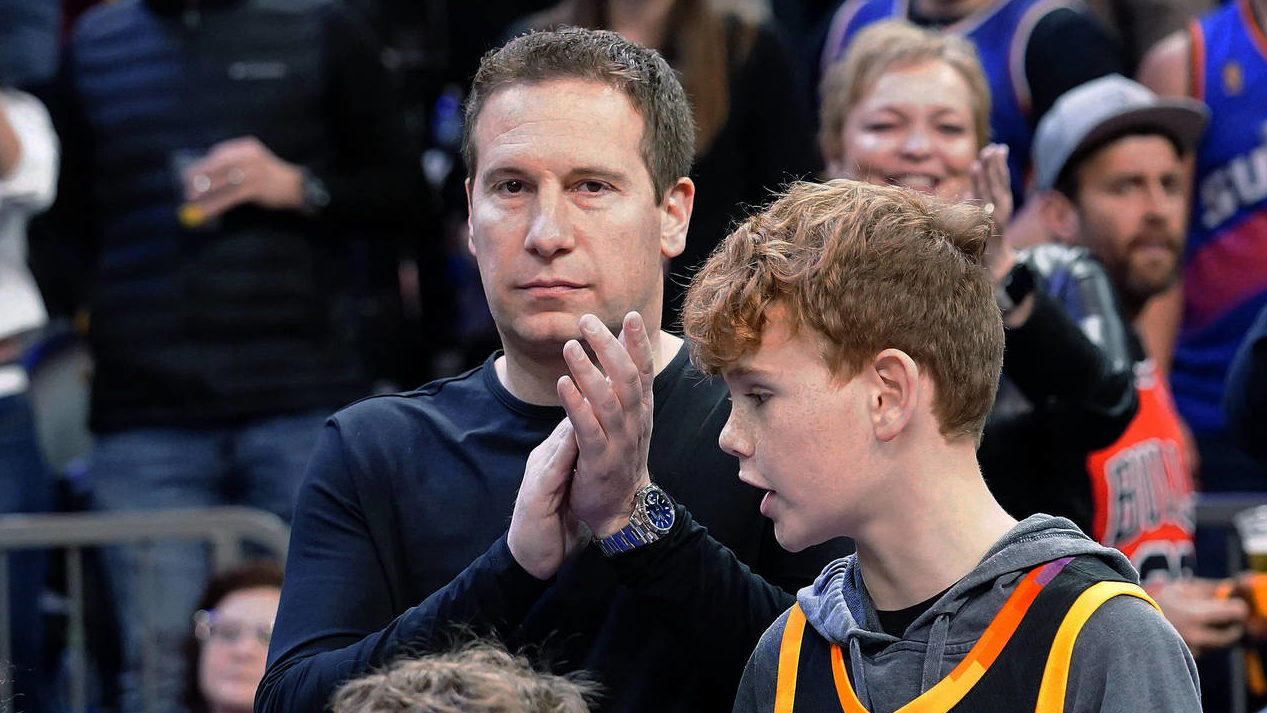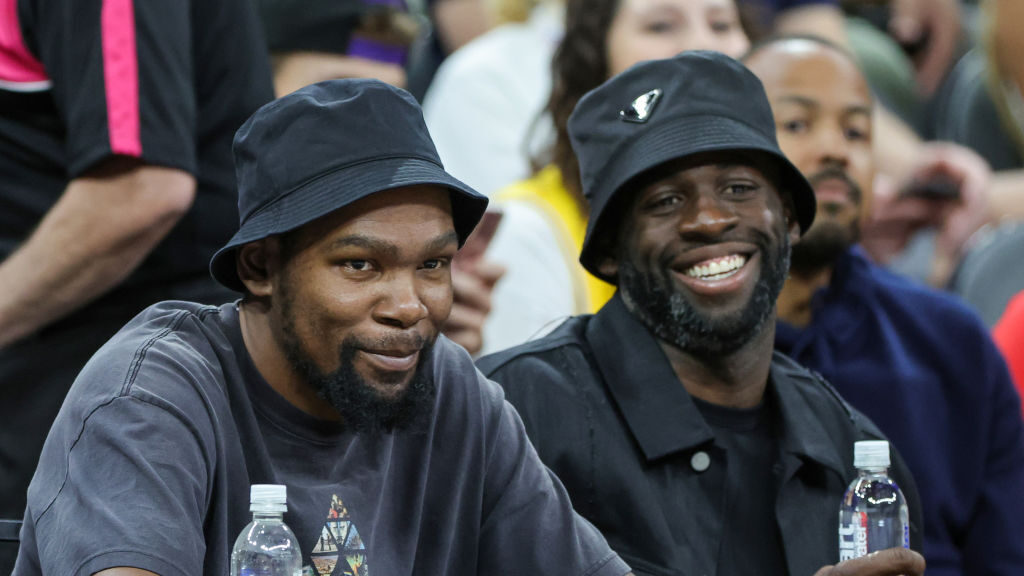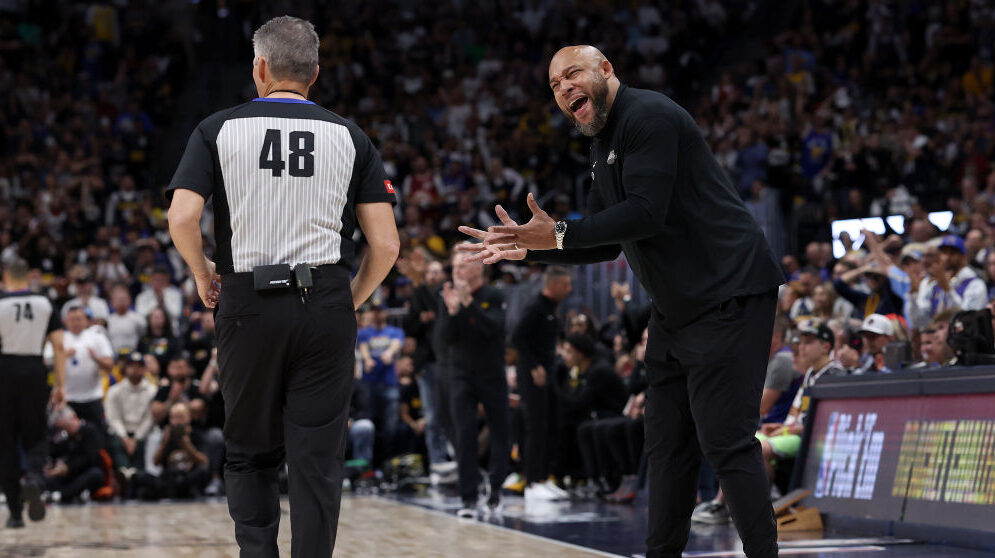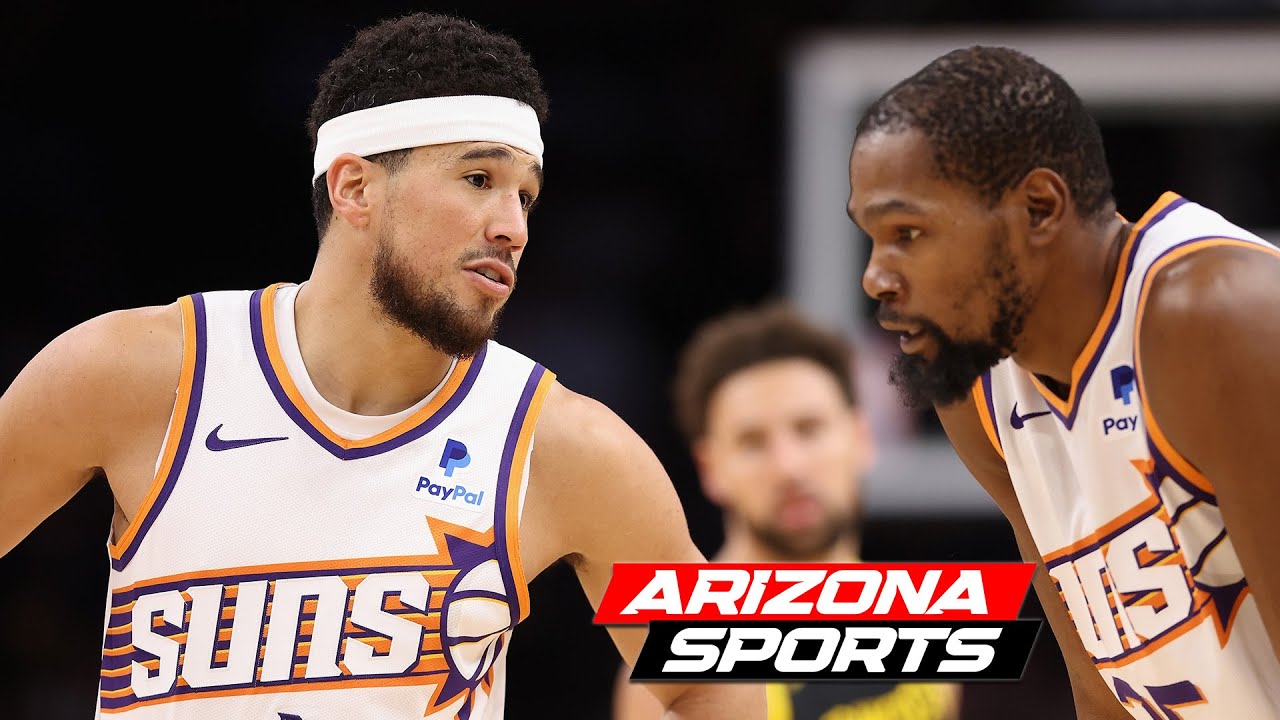Judge voids Suns’ media deal and sides with Bally Sports for now
May 10, 2023, 2:56 PM | Updated: May 25, 2023, 11:09 am

Bally Sports Arizona logo
A judge in the Texas Southern Bankruptcy Court ruled with Diamond Sports, the operator of Bally Sports Arizona, and said Wednesday that the new media deal announced by the Phoenix Suns with Gray Television and Kiswe is void, reports The Athletic.
That is as Diamond Sports remains in bankruptcy.
Under Chapter 11, the company has frozen assets, allowing it to refinance and reorganize. The broadcasting rights contract with the Suns and Mercury for this season remains and includes a right of refusal that allows the company to match any new deal signed by the teams if the rights are for less money.
The judge, Christopher Lopez, said the Suns and Mercury failed to respond to Diamond Sports’ letters stating interest in matching a new deal. Instead, the Suns and Mercury made a public announcement about a new media deal, touting the ability to reach potentially three times the households.
The Suns on April 19 told Diamond of an offer from Gray and Kiswe. Bally Sports’ operator responded six days later, but last week, the teams announced they had accepted the deal.
In court, the Suns and Gray argued their deal was conditional on reaching a resolution on the right of first refusal. But Lopez noted that such language was not included in the first communications the Suns sent to Diamond on April 19, and only after Diamond protested in a series of letters did the basketball team add a line to the April 28 press release announcing the media deal that the arrangement was conditioned on the incumbent regional sports channel’s approval.
“There’s no real response to (Diamond’s) April 25 or April 27 letters, instead the Suns go on an all-out media blitz about the new agreement lauding its benefits,” he said.
Diamond’s lawyer, Brian Hermann of Paul, Weiss, using the term “insidious,” argued essentially the Suns tried to slip one by Diamond with the April 19 notification of the media agreement because the correspondence did not include a concession that Bally Sports (Arizona) had a right of first refusal. It had five days from notification to execute its right of first refusal rights. It was a line of argument Judge Lopez agreed with.
Diamond Sports sued the Phoenix Suns and Mercury, plus the two media partners on May 3 after the teams announced a move to Gray and Kiswe, the latter of which is a streaming service. The Mercury’s portion of the deal was not included in the judge’s decision.
The Suns and Mercury announced days prior that they agreed to a five-year television and streaming contract, departing the Bally Sports Arizona regional network.
The deal is “subject to the approval of the NBA and WNBA and any required resolution with the incumbent regional sports partner,” according to their press release. That, the judge said, is the only mention of the rights of refusal that Diamond still owns.
“Nobody is surprised by this lawsuit and it will not stop the Phoenix Suns and Mercury from making our games available to as many people as we possibly can,” Suns owner Mat Ishbia said in a May 3 statement responding to the lawsuit.
“The fans, players, and everyone in our organization knows this is how all of us win together, on and off the court. I firmly believe the future success of the NBA and WNBA is about getting our product to everyone who wants it versus just the people who pay for it.”
Gray Television includes KTVK (Arizona’s Family 3TV), KPHO (Arizona’s Family CBS5) and the statewide KPHE (AZ Family Sports Network), which will help the teams reach the Phoenix, Tucson and Yuma media markets. The deal also includes Kiswe, an interactive video company.
It’s unclear what will happen or what could be resolved before the Mercury’s season is underway, though the first two games, on May 19 and 21, are on ESPN and ESPN+.
Subscribers to a Suns- and Mercury-branded Kiswe app will have game streaming available as part of the deal that is meant to serve traditional TV users, cable users and cord-cutters.
With the new deal, the franchises expect to reach 2.8 million households, tripling the current availability by being available on traditional over-the-air TV as well as streaming.








